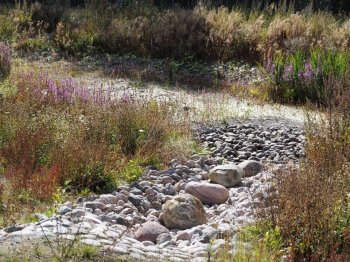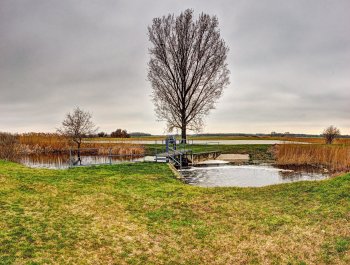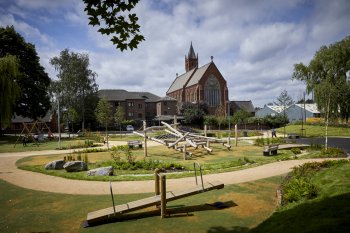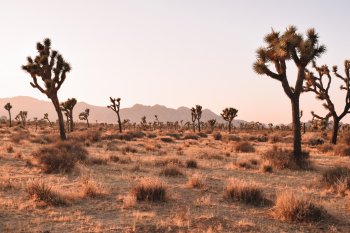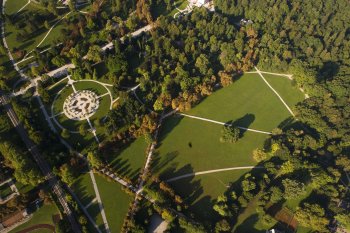UNaLab - Alluvial meadows, Vuores, Tampere, Finland
Space for retention of the urban runoff in the times of heavy rain to complement the measures for enhanced stormwater quality and quantity management in the Vuores area. Vegetation is selected from the local species to support biodiversity, including perennials suitable for wet conditions. Additionally, the area is equipped with the information sign introducing the NbS and its functions.

